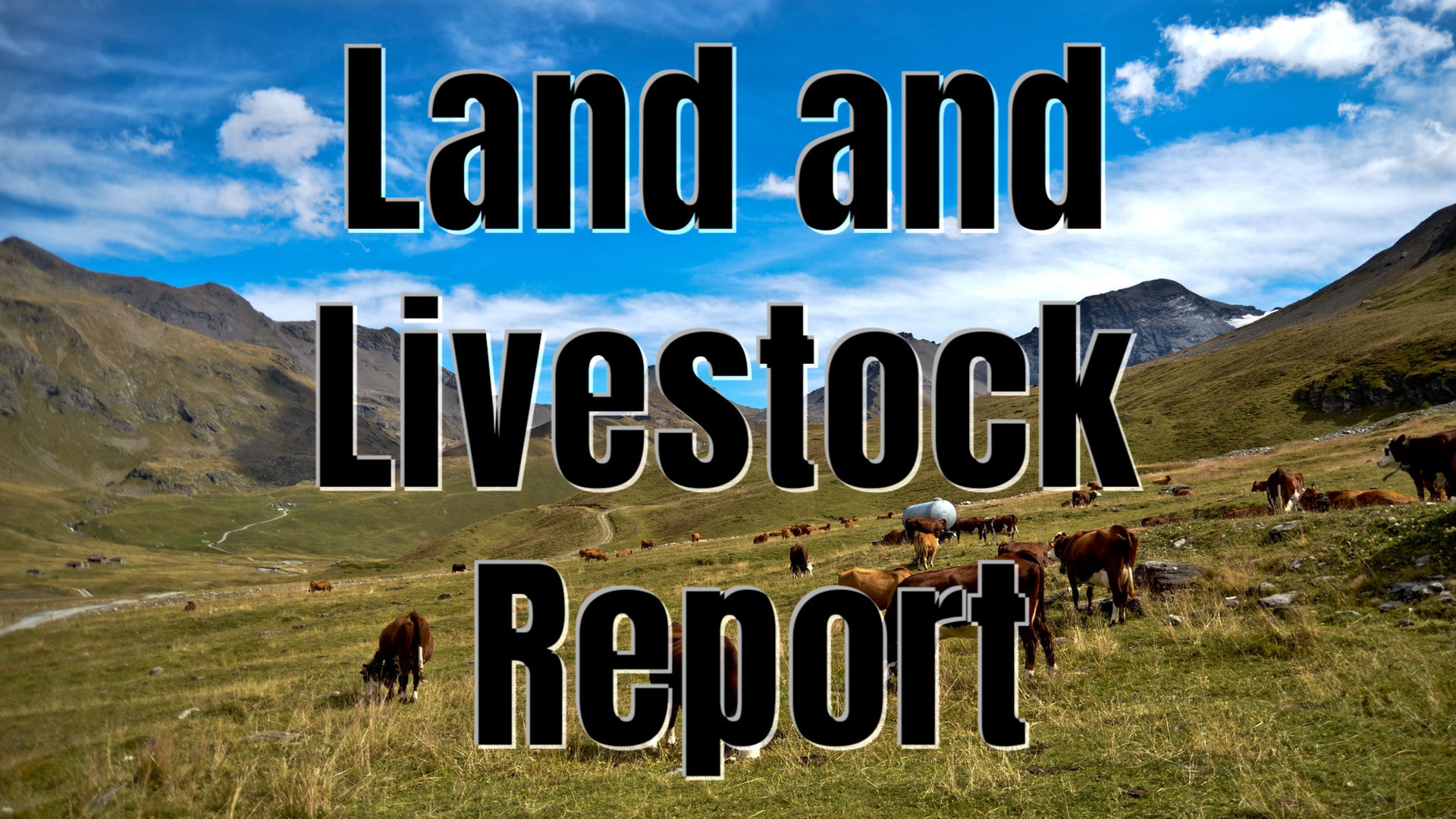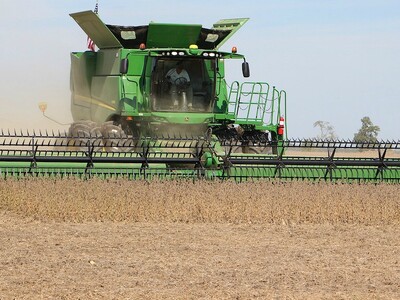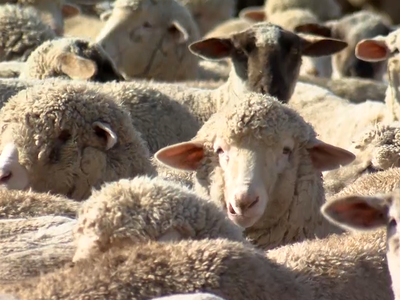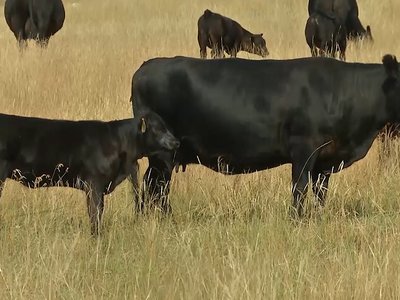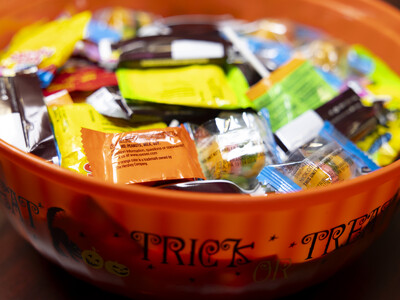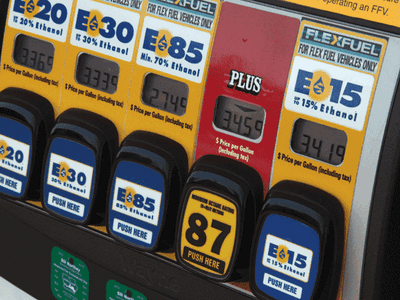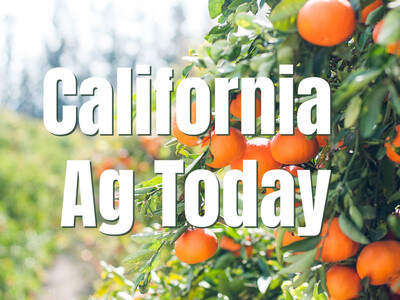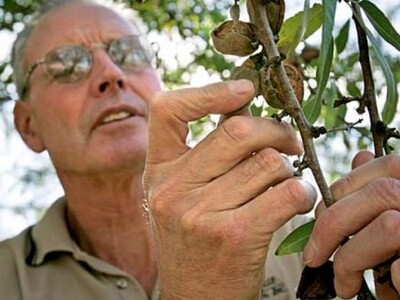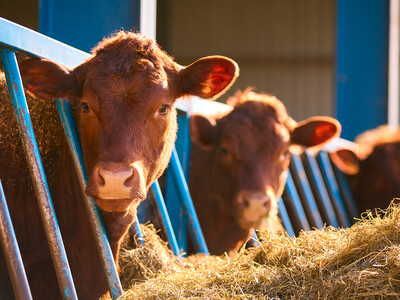Heat Stress Side Effects On Cattle
When the temperature rises so does the concern over the health and welfare for cattle. I’m Susan Allen Open Range will be back with some preventive proactive measures for dealing with heat stress.
Ranchers take a variety of precautions to protect thier cattle during hot spells Some animal science schools teach that the rumen temperature is affected by warm water, believing that when cattle only have access to warm or hot water it raises their blood temperature and that ultimately impacts the amount of food they consume, one good reason to check temperatures in the water tank on a regular basis, another is that the tank might be empty,!When temperatures are in the 90’s cattle drink more than twice the normal amount. I read recenlty an article from a beef specialist who recommends that ranchers that use intensive grazing (pasture maintenance methods that consist of constantly moving cattle from pasture to pasture,) should move cattle more rapidly through the process when it’s hot because taller grasses are more cooler for the animals than a closely grazed pasture. He also encouraged producers to rotate cattle in the evening not morning, the theory being that the heat load of the cow is reduced as the grass is digested during the night rather than during the hottest time of day.The Danger zone for cattle is when temperatures remain in the high 90’s to 100’s with increased humidity, the reason some short of shade is so critical especially in areas where animals are closely contained.


